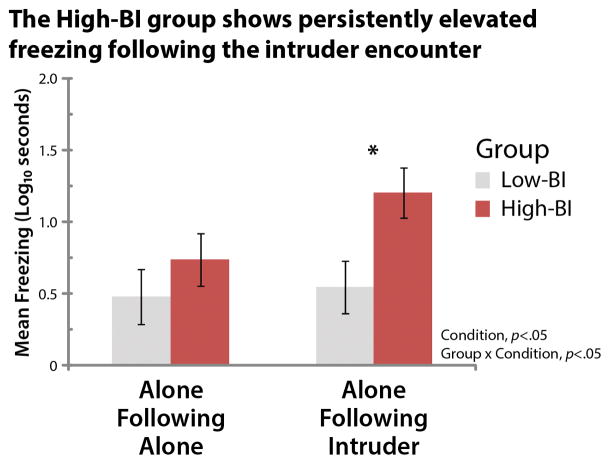Figure 2. The stable High-BI group shows persistently elevated freezing during the ‘recovery’ period following the intruder encounter (1.5 years later).
See Figure 1d for an overview of the paradigm. The groups did not significantly differ in the Alone-Following-Alone control condition (p=.35). The High-BI group froze longer following the encounter (Alone-Following-Intruder) compared to the control condition (Alone-Following-Alone) (F(1,21)=12.04, p=.002). The y-axis indicates the log10-transformed freezing duration, averaged across six consecutive 5-min bins. Asterisk indicates significant pairwise group differences. Error bars depict SE.

